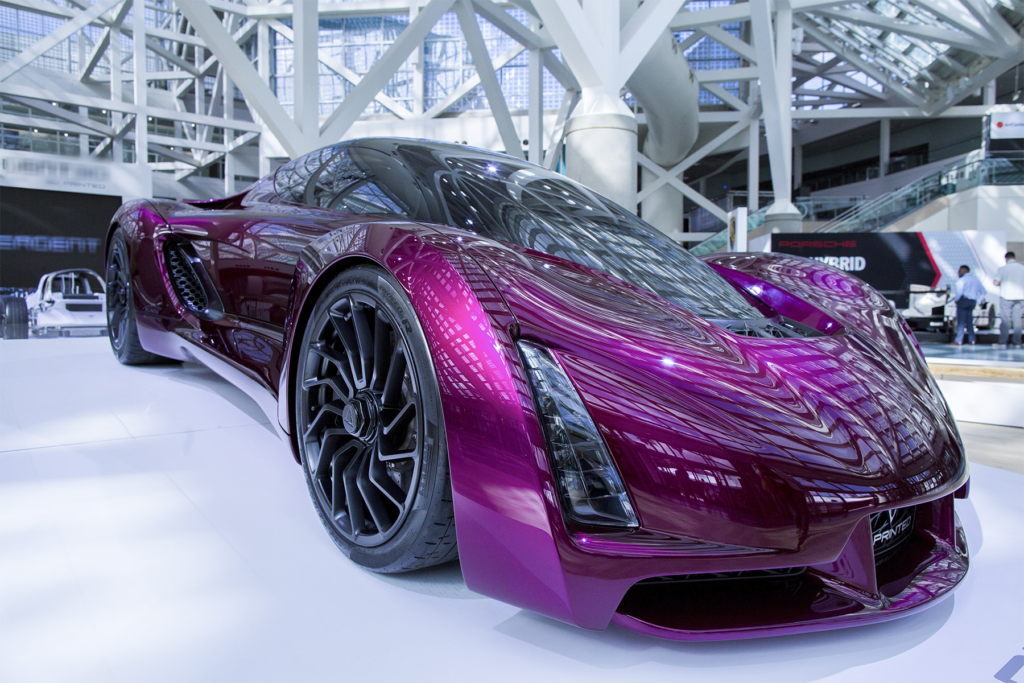
The report “Automotive Plastics Market for Passenger Cars by Product Type (PP, PU, PVC, PA), Application (Interior, Exterior, Under Bonnet), Vehicle Type (Conventional Cars, Electric Cars), and Geography – Global Forecast to 2026″, size for passenger cars is projected to grow from USD 21.1 billion in 2021 to USD 30.8 billion by 2026, at a CAGR of 7.9% during the forecast period 2021 to 2026. The demand for automotive plastics is mainly driven by passenger car production and the increasing utilization of automotive plastics in vehicle designs. Plastics offer a maximum weight reduction of automobiles, which in turn reduces carbon emissions.
Download PDF Brochure
Browse
- 135 Market data Tables
- 58 Figures
- 255 Pages and in-depth TOC on “Automotive Plastics Market- Global Forecast to 2026″
Some of the Prominent Key Players are:
· BASF SE (Germany)
· SABIC (Saudi Arabia)
· LyondellBasell Industries Holdings BV (Netherlands)
· LG Chem (South Korea)
· DuPont (US)
· Covestro AG (Germany)
· Evonik Industries AG (Germany)
· Solvay (Belgium)
· Arkema SA (France)
· Borealis AG (Austria)
Driver: Adoption of lightweight materials due to stringent emission and fuel economy regulations
By vehicle type, the electric cars segment is expected to be the fastest-growing segment of the automotive plastics market for passenger cars. Electric cars are solely dependent on the lighter parts to improve their driving range as the electrified powertrains enable the exertion of kinetic energy, which decreases the weight reduction. Companies like Volvo have their R&D working on plastics materials that store and discharge electric energy. The plastics are strong and light in weight and enough for the vehicles structural components and body panels. The growth of EVs has improved drastically since 2014 and is expected to register a CAGR of 26.5% by the end of 2026. These factors are expected to drive the growth of the electric cars vehicle type segment during the forecasted period.
